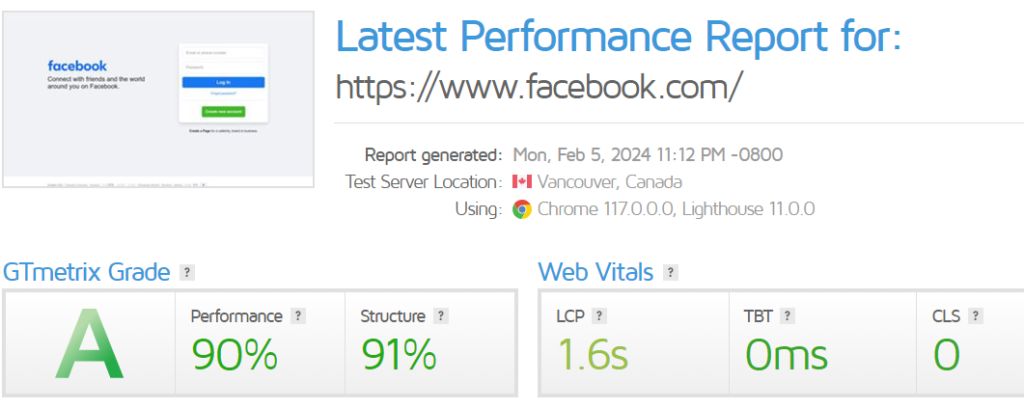In the ever-evolving digital landscape, optimizing your website for search engines is crucial for online success. This comprehensive On-Page SEO Checklist for 2024 will guide you through key strategies to enhance your website’s visibility and performance.
1: Keyword Research and Placement

Start by performing comprehensive keyword research to pinpoint terms pertinent to your content. Strategically place these keywords in your page titles, headings, and throughout the content. This not only helps search engines understand your content but also improves user experience.
2: Content Quality and Relevance
Crafting high-quality, relevant content that deeply resonates with your audience is essential. Ensure your content not only provides value and addresses user intent but is also easily digestible. It’s crucial to note that Google prioritizes pages that offer valuable and informative content.
Chapter 3: Meta Tags Optimization
Optimizing title tags and meta descriptions for every page is key. Craft unique, compelling titles and concise meta descriptions that entice clicks. These elements are crucial for improving click-through rates and attracting organic traffic.
Title tags serve as the headline for your page in search engine results, making them the first thing users see. Therefore, it’s essential to make them eye-catching and relevant to the content on the page. Similarly, meta descriptions provide a brief summary of the page’s content, influencing users’ decision to click through.
By creating compelling title tags and meta descriptions, you can significantly enhance your website’s visibility and performance in search engine results. Higher click-through rates signal to search engines that your content is relevant and valuable, which can lead to improved rankings over time. Additionally, attracting more organic traffic increases the likelihood of engagement and conversions on your website. Thus, investing time and effort into optimizing title tags and meta descriptions can yield significant benefits for your overall SEO strategy.
Chapter 4: URL Structure

User-friendly URLs are easier for visitors to understand and navigate, contributing to a positive browsing experience. Including relevant keywords in your URLs can also improve search engine visibility, as search engines use URLs as a factor in determining the relevance of a page to a user’s query. Additionally, avoiding unnecessary parameters helps streamline the URL, making it more concise and easier for both users and search engines to interpret. Overall, prioritizing a clean and user-friendly URL structure can lead to improved user satisfaction, higher search engine rankings, and ultimately, increased traffic to your website.
Chapter 5: Header Tags and Formatting

Utilizing header tags (H1, H2, H3, etc.) is crucial for organizing your content logically. This practice assists search engines in comprehending the hierarchy of your content and improves readability for users. Clear headings guide users through the information, making it easier to digest and understand. Properly structured content enhances user experience and contributes to better SEO performance. Search engines prioritize well-organized content, recognizing it as a valuable resource for users. Additionally, using header tags appropriately helps break up the text visually, making it more appealing and less overwhelming for readers. By employing header tags effectively, you ensure that both search engines and users can navigate and understand your content efficiently, leading to improved rankings and increased engagement on your website.
Chapter 6: Image Optimization
Enhance your website’s images by utilizing descriptive file names and including alt text for optimization purposes. Additionally, compressing images effectively improves page loading speed, contributing to a positive user experience and boosting search engine rankings.
Chapter 7: Mobile Responsiveness
Ensuring your website is mobile-friendly is essential for SEO success. With Google’s emphasis on mobile-first indexing, mobile responsiveness is critical. A seamless mobile experience not only contributes to higher rankings but also enhances user satisfaction, ultimately leading to better engagement and conversions. Therefore, it’s imperative to prioritize mobile optimization efforts to stay competitive in today’s digital landscape.
It’s important to look beyond rankings and rather ensure a website is usable for everyone.
Ruth Everett, Technical SEO Analyst at DeepCrawl
Chapter 8: Page Speed

Improving your website’s loading speed is crucial. Both users and search engines prefer fast-loading pages. To achieve this, compress images, leverage browser caching, and minimize unnecessary scripts. These optimizations collectively enhance the overall speed of your webpage.
Chapter 9: Internal Linking
Ensure to strategically link relevant pages within your website. Internal linking plays a pivotal role in enhancing navigation, distributing page authority, and assisting search engines in comprehending the structure of your site. By implementing effective internal linking strategies, you contribute to creating a cohesive user experience for visitors navigating through your website.
Search Engine Optimization is no longer about stuffing keywords and attempting to trick Google into ranking your website. It’s about creating a user experience that is data driven. We know what customers are searching for and we know how to get them to a page. It’s a combination of science and art to successfully rank a website.
Leland Dieno, Socialize Your Small Business
Chapter 10: User Engagement Metrics

Monitor user engagement metrics, including bounce rate, time on page, and page views. Google uses these metrics to assess the quality and relevance of your content. Engaging content leads to better SEO performance.
By implementing this On-Page SEO Checklist for 2024, you can enhance your website’s visibility and performance in search engine results. Stay informed about evolving SEO trends and regularly update your strategies to maintain a competitive edge in the dynamic digital landscape. Elevate your online presence and provide a seamless experience for your users.







